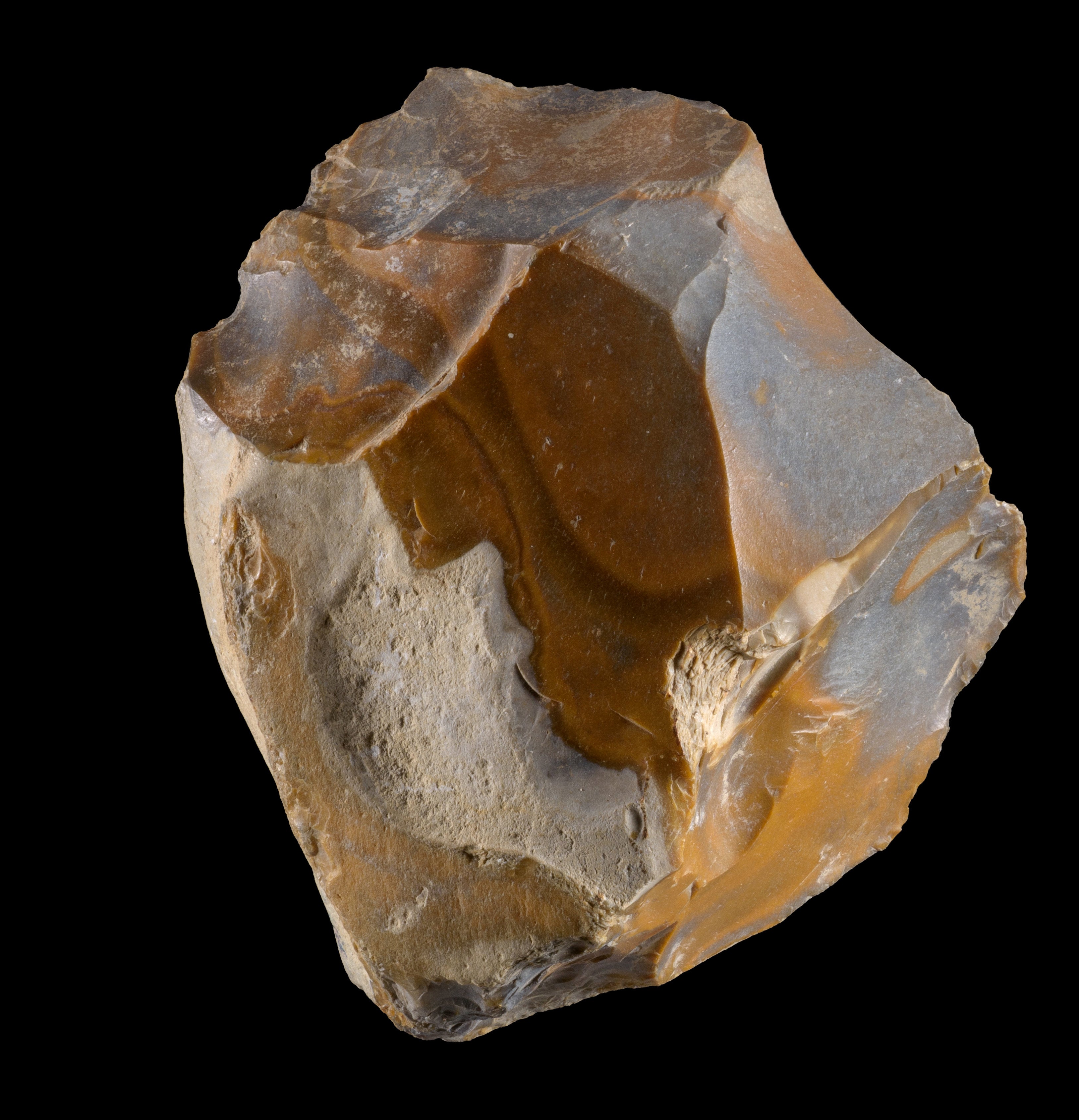Discovery of 1.5 million-year-old bone shines light on ancient human migration
The fossilised bone belonging to a male child is the earliest evidence of ancient man in the Middle East

Your support helps us to tell the story
From reproductive rights to climate change to Big Tech, The Independent is on the ground when the story is developing. Whether it's investigating the financials of Elon Musk's pro-Trump PAC or producing our latest documentary, 'The A Word', which shines a light on the American women fighting for reproductive rights, we know how important it is to parse out the facts from the messaging.
At such a critical moment in US history, we need reporters on the ground. Your donation allows us to keep sending journalists to speak to both sides of the story.
The Independent is trusted by Americans across the entire political spectrum. And unlike many other quality news outlets, we choose not to lock Americans out of our reporting and analysis with paywalls. We believe quality journalism should be available to everyone, paid for by those who can afford it.
Your support makes all the difference.A 1.5 million-year-old spine of a human ancestor dug up in Israel shows migration from Africa was not a single event but happened in waves, researchers have said.
The fossilised bone belonging to a male child aged between six and ten is the earliest evidence of ancient man in the Middle East.
It shows expansion into Europe and Asia involved different types of early humans or hominins - over a long period of time.
Lead author Professor Ella Been, of Tel Aviv University, said: “The analysis we conducted shows the individual was tall for his age.
“Had this child reached adulthood, he would have reached a height of over 180 cm (nearly 6ft).
“This ancient human is similar in size to other large hominins found in East Africa.
“It is different from the short-statured hominins that lived in Georgia.”
Prof Been was referring to a group identified from a 1.8 million-year-old skull unearthed at Dmanisi almost a decade ago.
The child’s vertebra was found in Ubeidiya in the Jordan Valley - south of the Sea of Galilee.
Prof Been, an expert in spinal evolution, said it “tells the story” of prehistoric migration.
Our ancestors - not quite in human form - began leaving Africa two million years ago. Previously, the movement was put at about one million years.
The latest discovery proves it occurred in several waves - and was not a single event.
Co-lead author Prof Alon Barash, of Bar-Ilan University in Israel, said: “Due to the difference in size and shape of the vertebra from Ubeidiya and those found in the Republic of Georgia, we now have unambiguous evidence of the presence of two distinct dispersal waves.”
The site is one of the few places that contain preserved remnants of the human exodus from Africa.
Finds include bones from extinct animals bones. Fossil species include sabretoothed tigers, mammoths and a giant buffalo.
There are also remains of creatures not found in Israel today - such as baboons, warthogs, hippopotamuses, giraffes and jaguars.
Stone and flint items made and used by ancient humans show resemblance to ones found in East Africa.
Co-author Dr Omry Barzilai, of the Israel Antiquities Authority, said: “The stone and flint artefacts from Ubeidiya, handaxes made from basalt, chopping tools, and flakes made from flint, are associated with the Early Acheulean culture.
“Previously, it was accepted that the stone tools from Ubeidiya and Dmanisi were associated with different cultures – Early Acheulean in Ubeidiya and Oldowan in Dmanisi.”
The two technologies are currently the oldest known to archaeologists.
Dr Barzilai said: “After this new study, we conclude that different human species produced the two industries.”
Fossils from the Ubeidiya are now housed at the Hebrew University’s National Natural History Collections.
Co-author Prof Miriam Belmaker, of Tulsa University Belmaker, stumbled on the dusty spine while rummaging through them.
Initially unearthed in 1966, an analysis identified it as a human lumbar vertebra.
Prof Belmaker explained: “One of the main questions regarding the human dispersal from Africa were the ecological conditions that may have facilitated the dispersal.
“Previous theories debated whether early humans preferred an African savanna or new, more humid woodland habitat.
“Our new finding of different human species in Dmanisi and Ubeidiya is consistent with our finding that climates also differed between the two sites.
“Ubeidiya is more humid and compatible with a Mediterranean climate, while Dmanisi is drier with savannah habitat.
“This study showing two species, each producing a different stone tool culture, is supported by the fact that each population preferred a different environment.”
Fossil evidence and DNA research suggests human evolution began in Africa about six million years ago.
Prof Barash said: “It seems, then, that in the period known as the Early Pleistocene, we can identify at least two species of early humans outside of Africa.
“Each wave of migration was that of different kind of humans - in appearance and form, technique and tradition of manufacturing stone tools, and ecological niche in which they lived.”
SWNS



Join our commenting forum
Join thought-provoking conversations, follow other Independent readers and see their replies
Comments